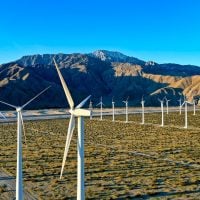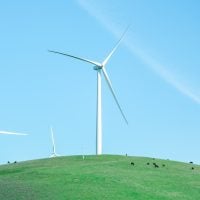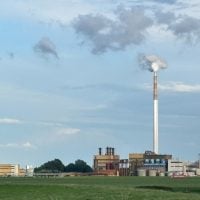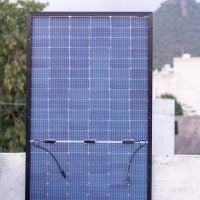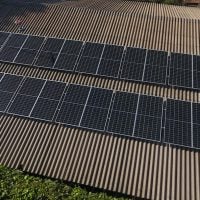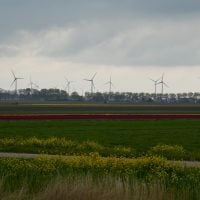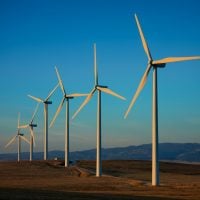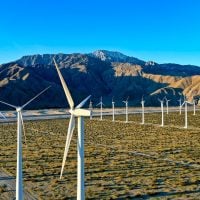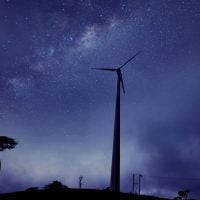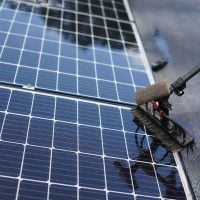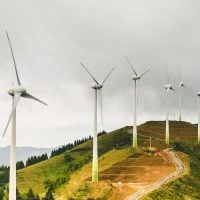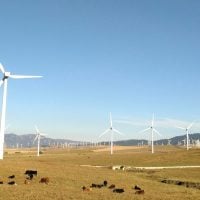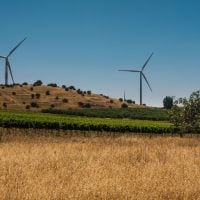Deadline: 17-Nov-23
Applications are now open for the Landscape Scale Restoration Grant Program 2023 to encourage collaborative, science-based restoration of priority rural forest landscapes.
This program supports high impact projects that lead to measurable outcomes on the landscape, leverage public and private resources, and further priorities identified in a State Forest Action Plan or equivalent science-based restoration strategy.
Funding opportunity is for projects with on-the-ground outcomes across western states: Alaska, Arizona, California, Colorado, Hawaii, Idaho, Kansas, Montana, Nebraska, Nevada, New Mexico, North Dakota, Oregon, South Dakota, Utah, Washington, Wyoming, Territory of American Samoa, Republic of Palau, Federated States of Micronesia, Territory of Guam, Commonwealth of Northern Mariana Islands, and the Republic of the Marshall Islands.
Priority Projects
Priority will be given to project proposals that include any of the following bulleted prioritization factors. Please see the scoring rubric at the end of this document to see the specific sections in which one or more of these priority factors should be detailed to receive priority points.
- Promote cross-boundary collaboration:
- By their proximity to other land ownerships
- By their inclusion of a combination of land ownerships, including tribal, State and local government, and private lands (such as, but not limited to, multiple private landowners; private and state landowners; state and federal landowners; state and local government; or state and Tribal landowners).
- Coordinate with or are in proximity to other complementary landscape-scale projects on National Forest System lands or lands under the jurisdiction of the Secretary of the Interior or a state that are carried out:
- Under the Collaborative Forest Landscape Restoration Program.
- In landscape areas designated for insect and disease treatments.
- Under the Good Neighbor Authority.
- Under the stewardship end result contracting and agreement authority.
- Coordinate with or are in proximity to other complementary landscape-scale projects on State land.
- Coordinate with Natural Resources Conservation Service (NRCS) programs and appropriate state-level programs.
- Leverage funding from multiple entities.
Funding Information
- Five proposals total may be put forward for consideration within each state, which includes all eligible entities therein. The minimum funding request per project for all applicants is $25,000 and the maximum is $300,000; all funding is subject to change based on availability of funds for the fiscal year. No state will receive more than 15% of the total funds available to the West.
- Funding available to the West for FY 2024 is based on the final FY appropriation from Congress for the LSR program and the funding allocation to the Forest Service Regions from the Forest Service Washington Office.
- An estimated maximum of $300,000 will be put aside for the Pacific Island subcompetition, but is contingent upon availability of funds.
Project Benefits and Description of Benefiting Community
Each proposal/application MUST include a description of how the project benefits or engages underserved communities or people AND a description of the benefiting community or recipients.
- Project benefits may be social, ecological, or economic. Examples include but are not limited to:
- Watershed restoration efforts that improve or protect drinking water supplies in communities with persistent poverty.
- Hazardous fuels or forest health treatments that reduce risk to underserved communities.
- Income opportunities (e.g., forest products or fuelwood) or employment generated by the project benefit underserved communities.
- The benefiting community or recipient could include demographics, and vulnerabilities such as health, economic, environmental, and climate impacts faced by the community.
Eligibility Criteria
- Nonprofits that do not have a 501(c)(3) status with the IRS, other than institutions of higher education
- Public and State controlled institutions of higher education
- Special district governments
- City or township governments
- Native American tribal governments (Federally recognized)
- State governments
- Private institutions of higher education
- Nonprofits having a 501(c)(3) status with the IRS, other than institutions of higher education
- County governments
- State and territorial forestry agencies (or an equivalent state agency)
- Federally recognized Indian Tribes
- Alaska Native Corporations
- Universities
For-profit entities are not eligible to apply.
For more information, visit Grants.gov.

